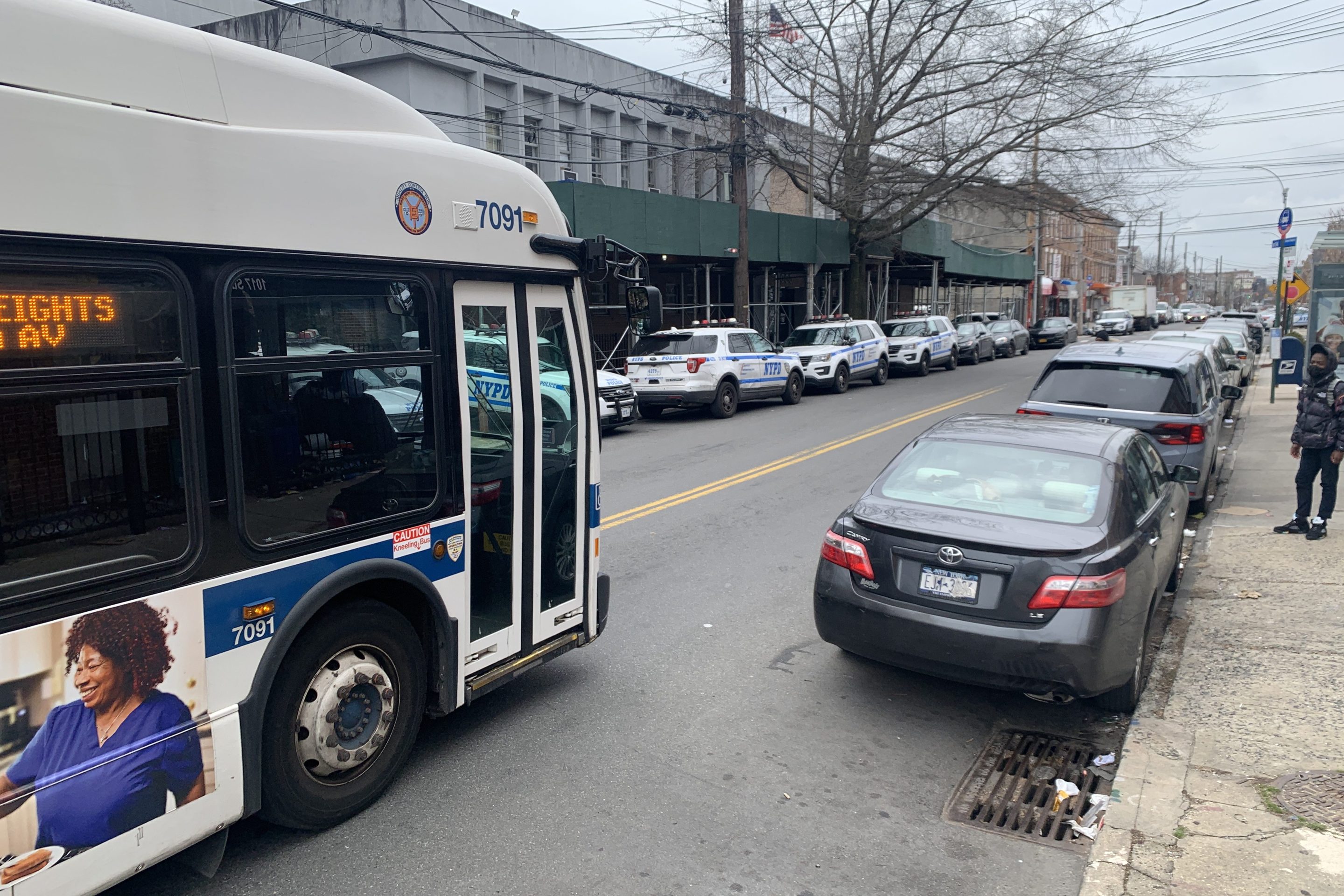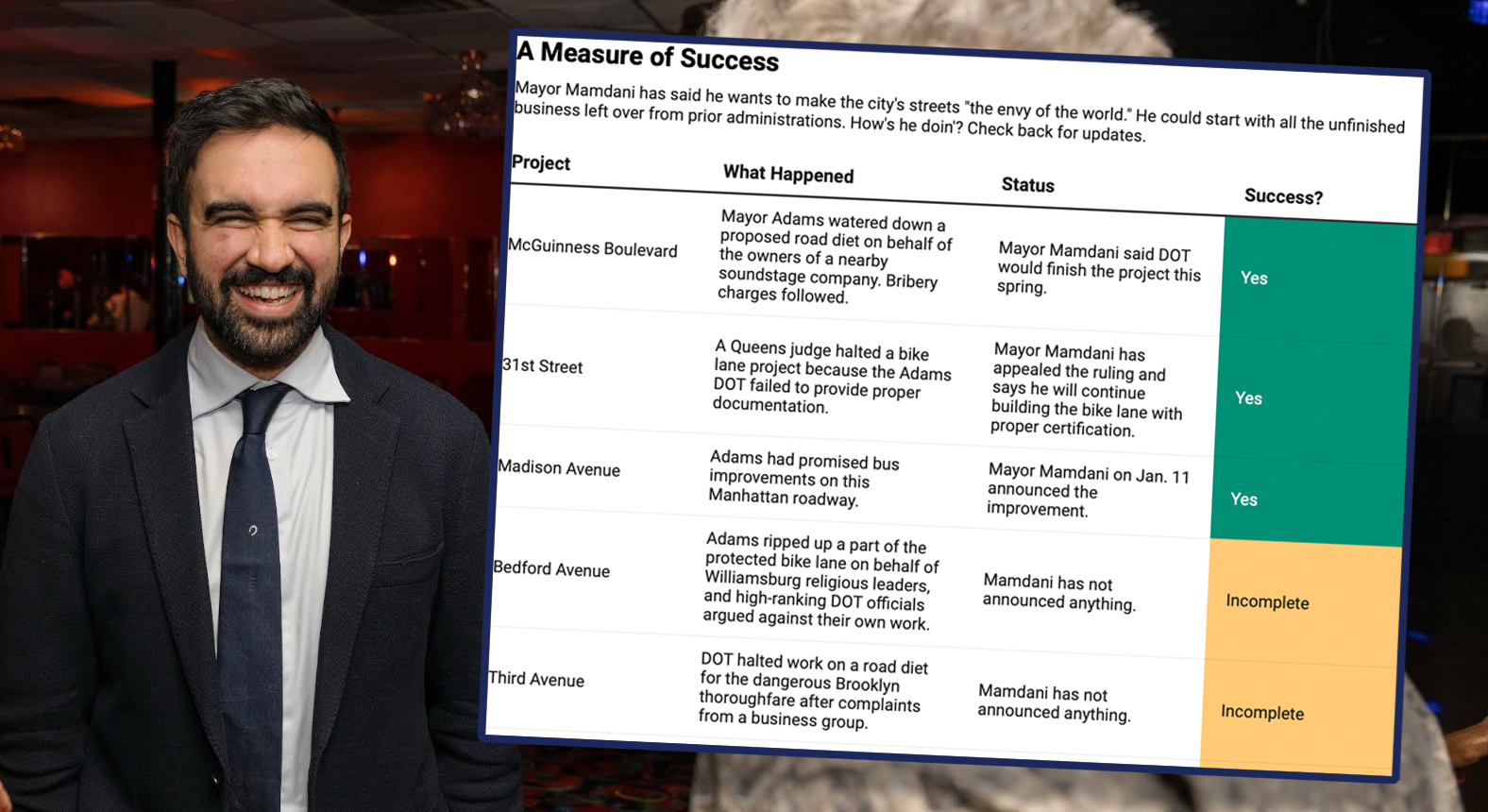When President Obama signed an executive order in October requiring federal agencies to craft strategies for reducing their greenhouse gas emissions, he described the mandate as Washington "lead[ing] by example" on the pollution-reduction front.
 (Photo: AP)
(Photo: AP)And that's true -- but the order also includes language telling federal agencies to get involved in integrating local transportation planning, with a particular focus on selecting sites for government facilities "that are pedestrian-friendly, near existing employment centers, and
accessible to public transit, and emphasize existing central cities
and, in rural communities, existing or planned town centers."
The overall goal for government agencies, as Obama's order put it, should be to "strengthen the vitality and livability of the communities in which federal facilities are located." Given that more than 2,200 communities host federally owned or leased property, that edict could unleash a lot of local energy for transit and pedestrian improvements.
The order also gives federal agencies eight months to craft long-term sustainability plans focusing on how to implement "strategies and accommodations for transit, travel, training, and conferencing that actively support lower-carbon commuting and travel by agency staff." The White House budget office and Council on Environmental Quality are charged with vetting each agency's proposal.
And as each agency devises those emissions-cutting plans, the Obama administration's push to consider sustainability as a transportation, housing, and environmental issue is given a meaty role in the process.
The order asks U.S. DOT, in collaboration with the Department of Housing and Urban Development and the Environmental Protection Agency, to suggest ideal strategies to the White House for locating new federal facilities. According to the order:
The recommendations shall be consistent with principles of sustainable development including prioritizing central business district and rural town center locations, prioritizing sites well served by transit, including site design elements that ensure safe and convenient pedestrian access, consideration of transit access and proximity to housing affordable to a wide range of Federal employees, adaptive reuse or renovation of buildings, avoidance of development of sensitive land resources, and evaluation of parking management strategies.
It's likely to take some time before the order begins to have a palpable effect on the vast federal bureaucracy's approach to land use -- epitomized by a dispute over employee parking at one federal building that has effectively stalled the nomination of a new General Services Administrator.
But the White House's early effort at getting federal, state, and local players to consult one another on development appears to be aiming in the right place.





